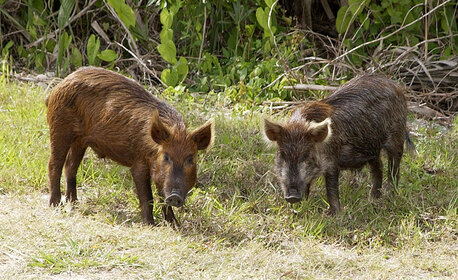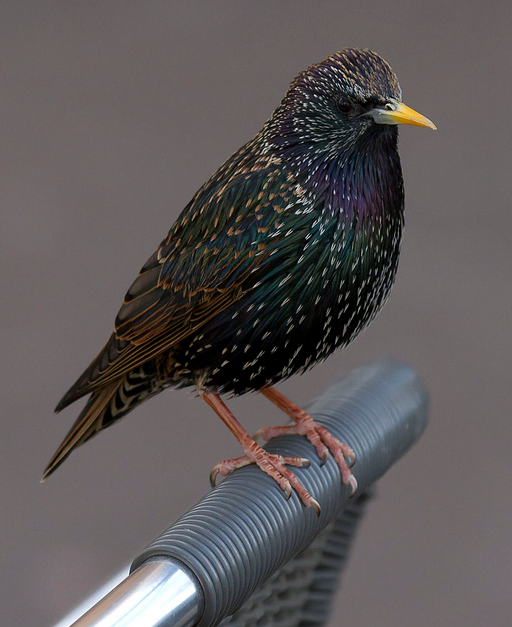 Ferel Pig Ferel Pig Invasive species typically thrive in a new environment for two reasons. When an animal, fish, insect, or plant is taken out of its original ecosystem and introduced to a new one—whether by accident or on purpose; it is less likely to have any natural predator so there is nothing to keep their population in check. Second without a predator in place, open the flood gates for breeding! Typically, invasive species are prolific breeders due to ideal habitat and next to no hunting predation pressure. They can destroy native plants, gobble up native animal populations and introduce disease, upending the delicate balance of organisms that provide food or support for each other, or provide a check on each other’s growth. Extinctions have proliferated. Our human thumb print on this planet and especially the United States has absolutely fueled some of the greatest failures to regional and local ecosystems around the country. By releasing pet snakes in the Everglades National Park to a Shakespeare fan (true story) taking his love for a poet too far, we have without a doubt been careless and irresponsible with our actions. Here is a list of some of the most hazardous invasive species we seemingly have no solution for in the Unites States.
Loomacres - 800-243-1462 Bringing Wildlife Management to a Higher Level ©
0 Comments
Leave a Reply. |
Sales & Marketing
|

 RSS Feed
RSS Feed